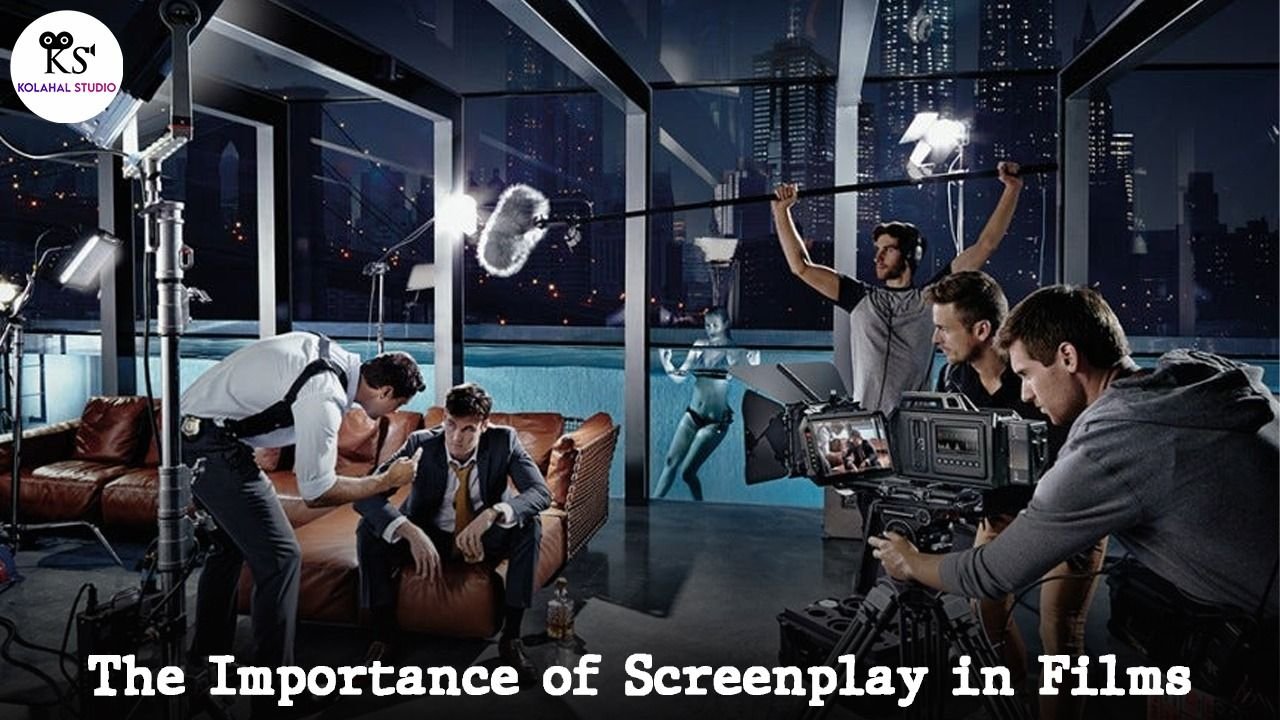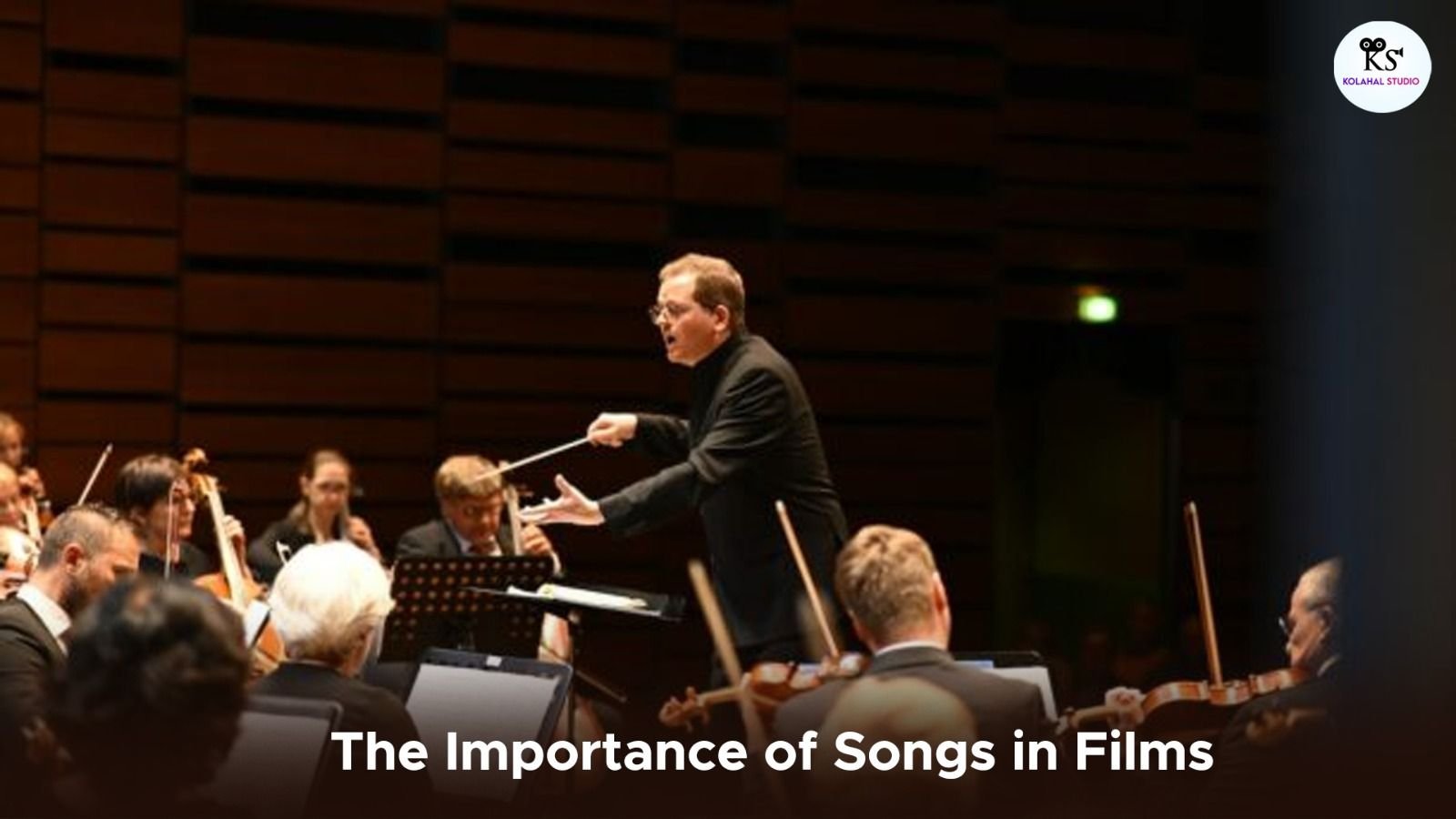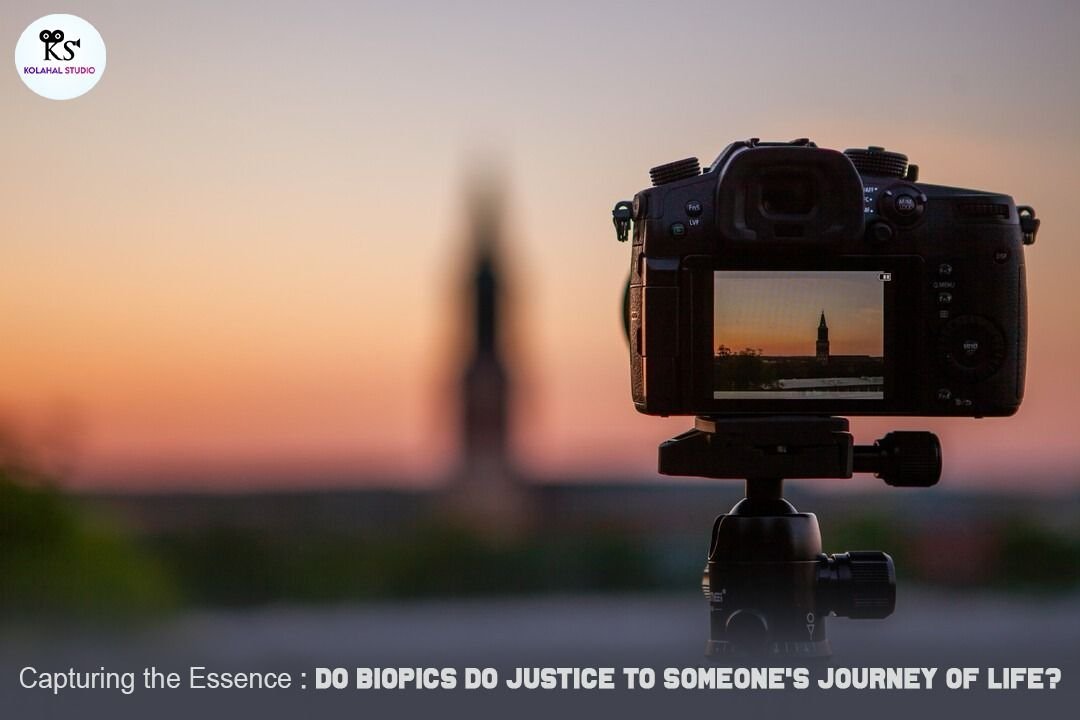KOLAHAL STUDIO
ABOUT US 1
Kolahal Studio is a startup media, film, web series and video production company. It was incorporated on 06 February 2021. It is registered at Registrar of Companies, Kolkata. The company is involved in works related to media and production related work.
Know More
Gallery
More









